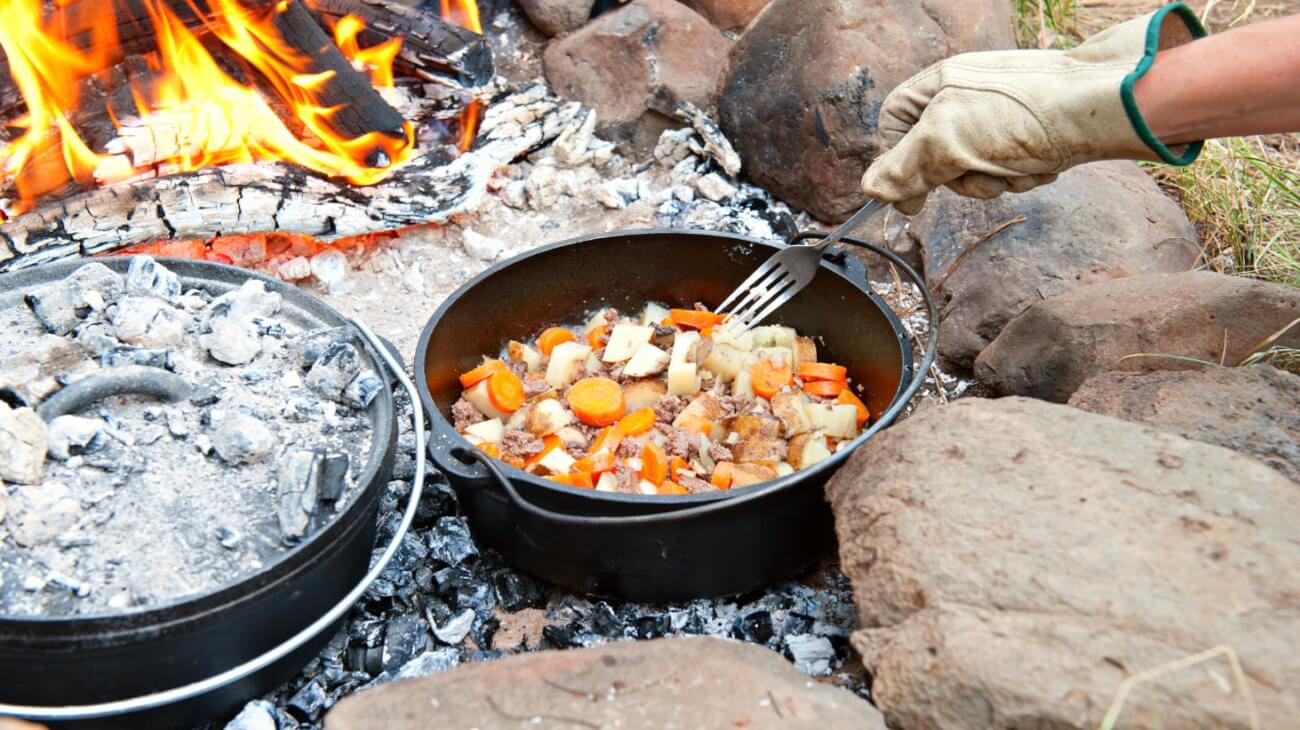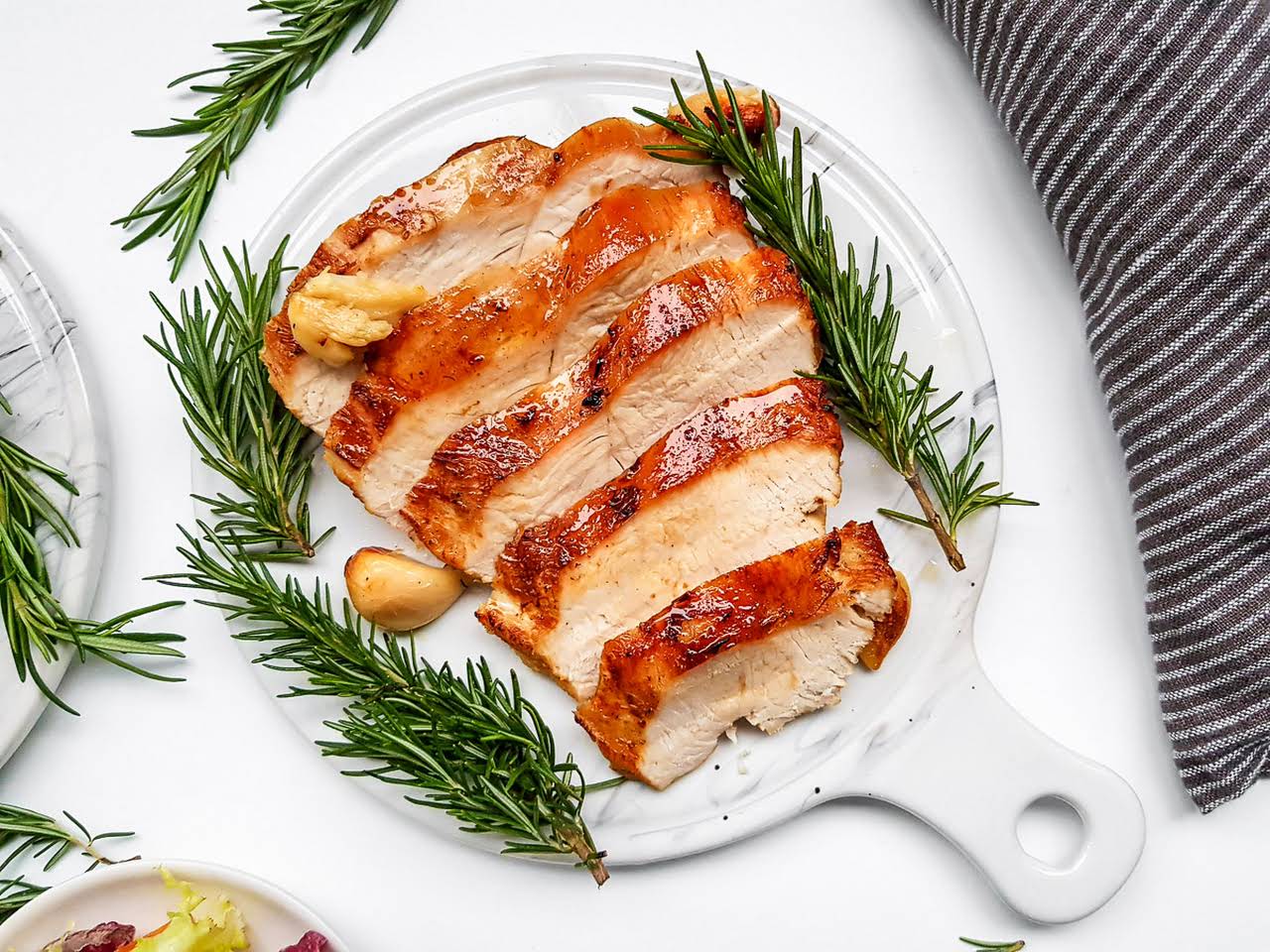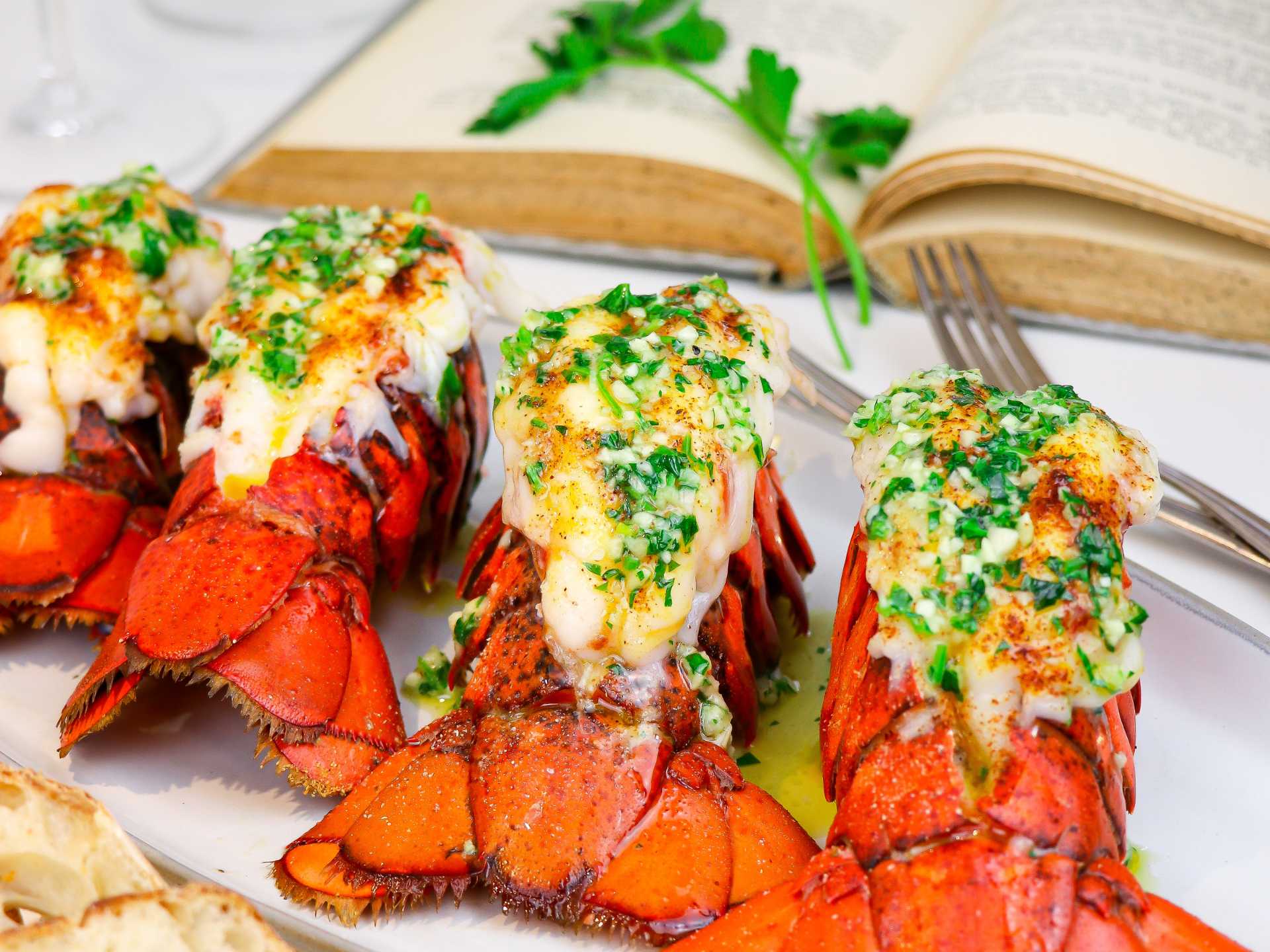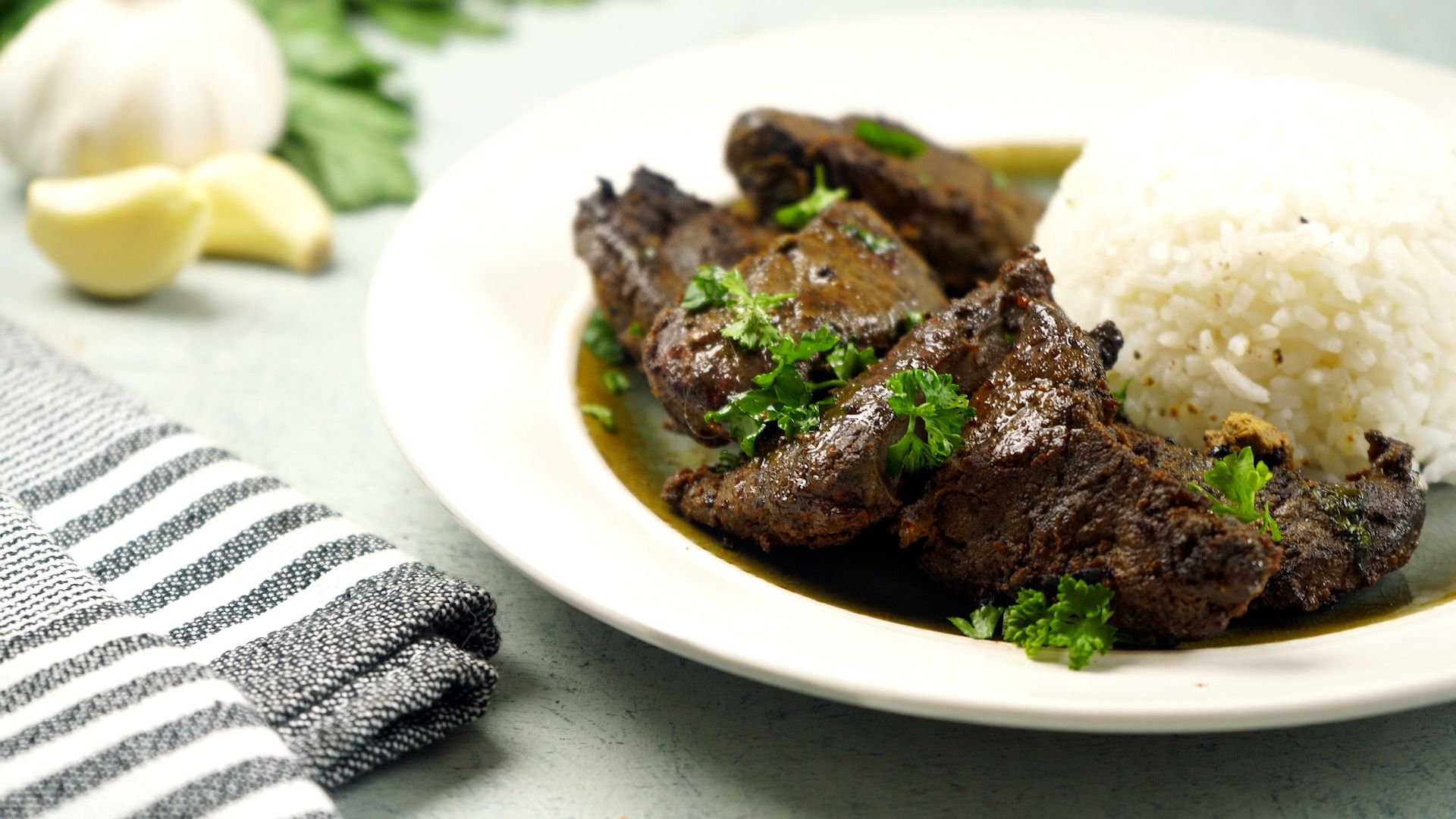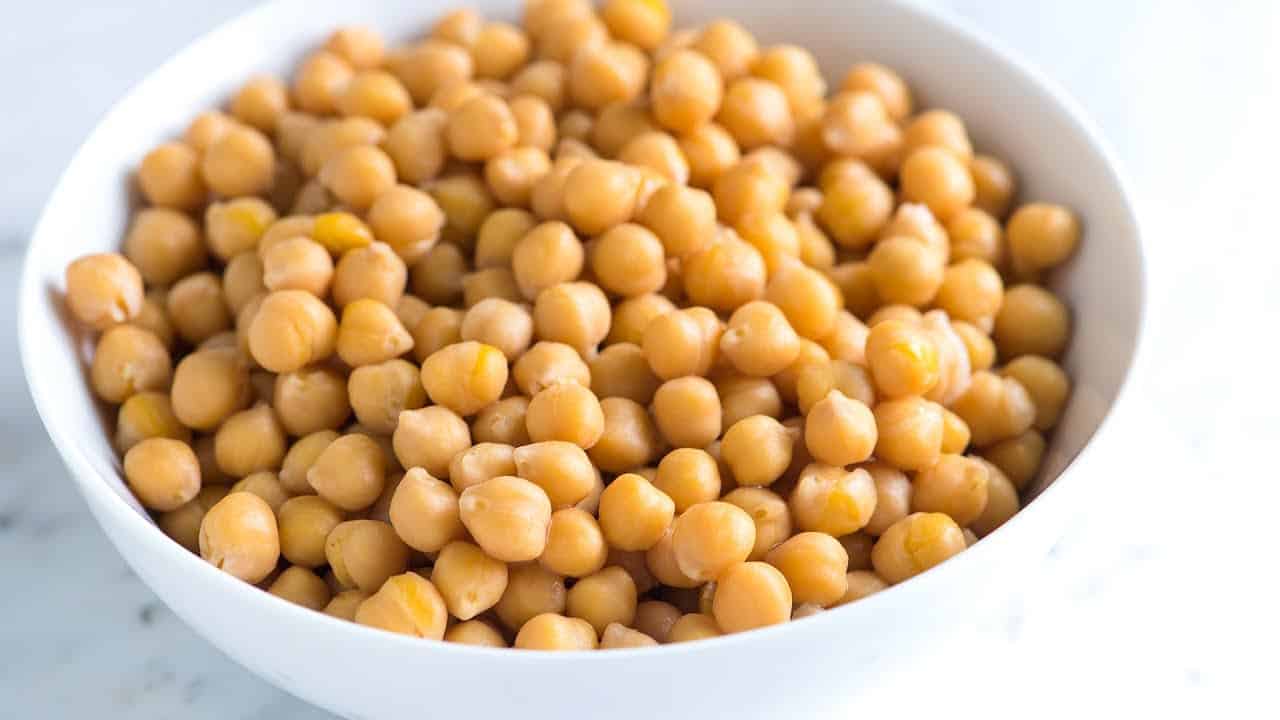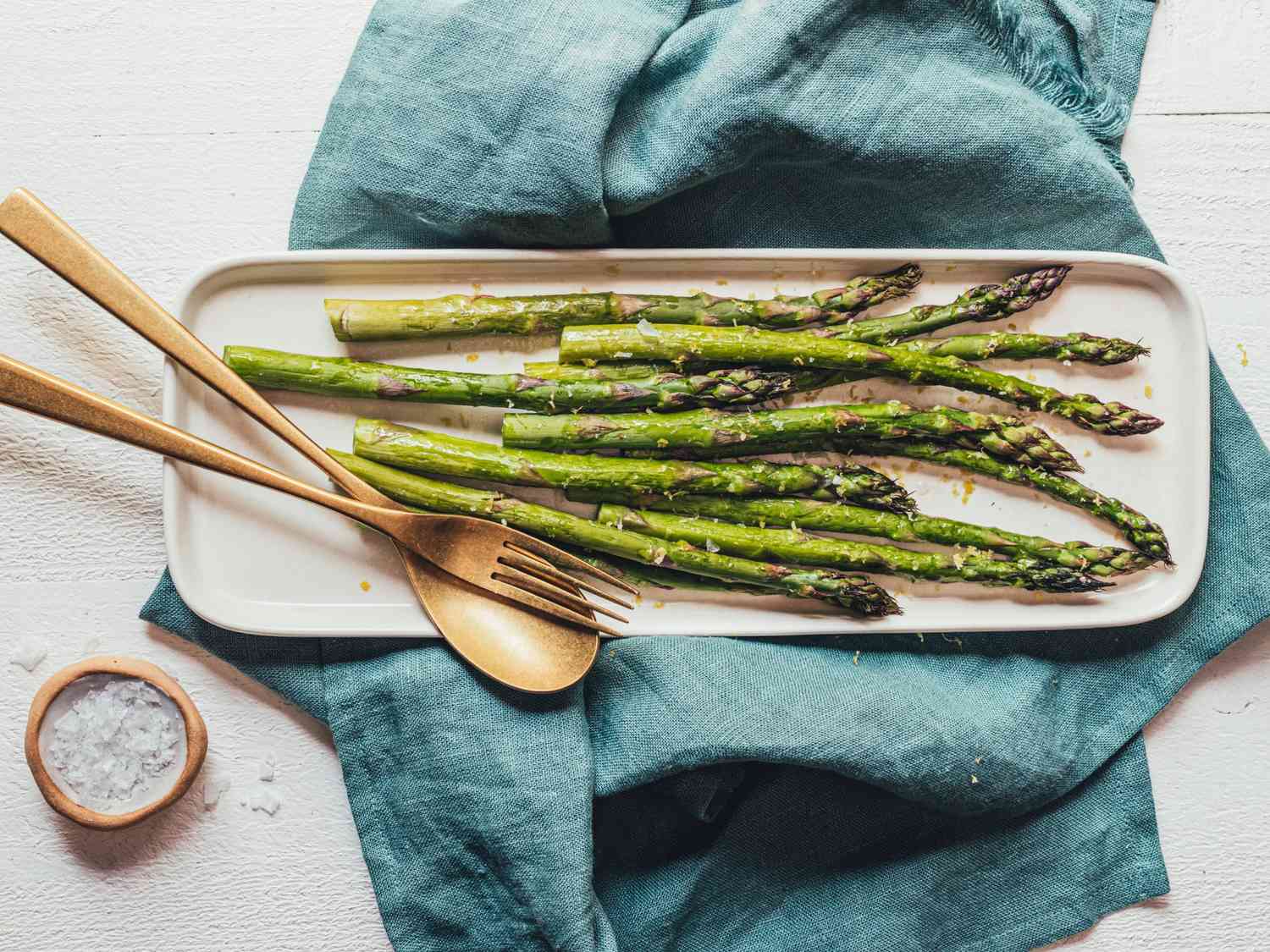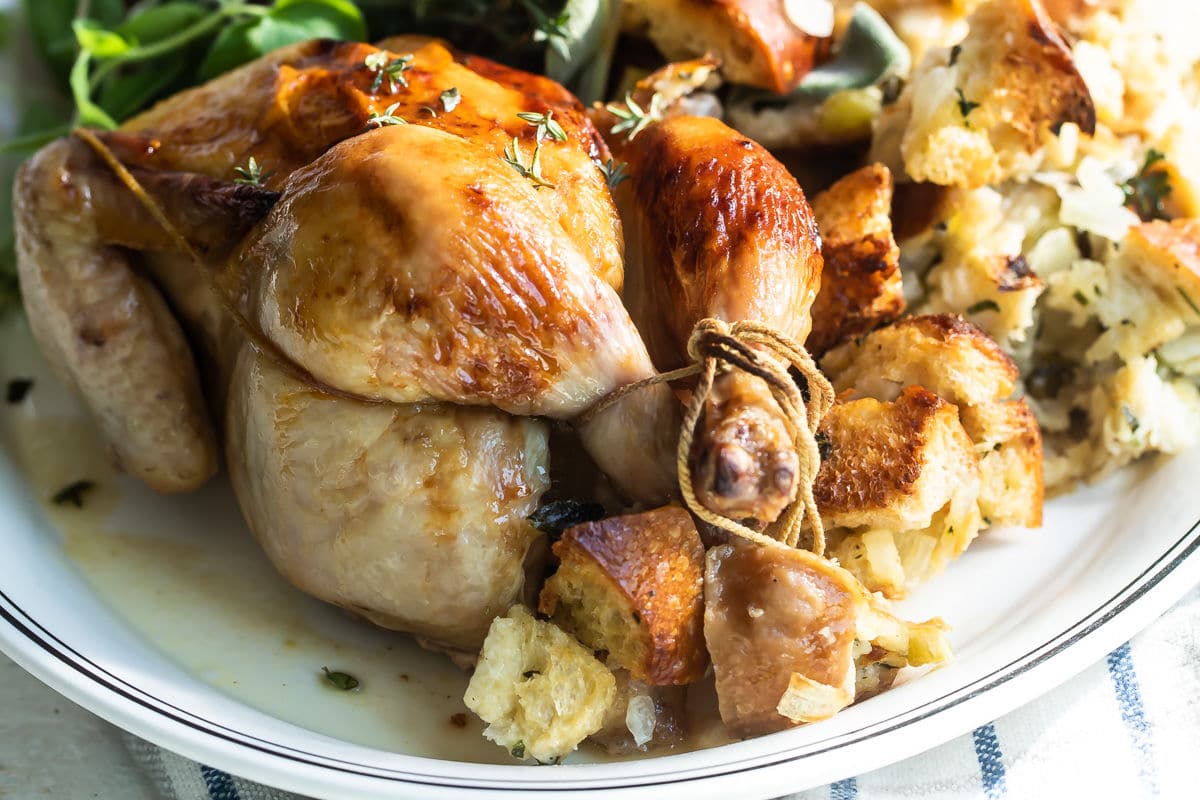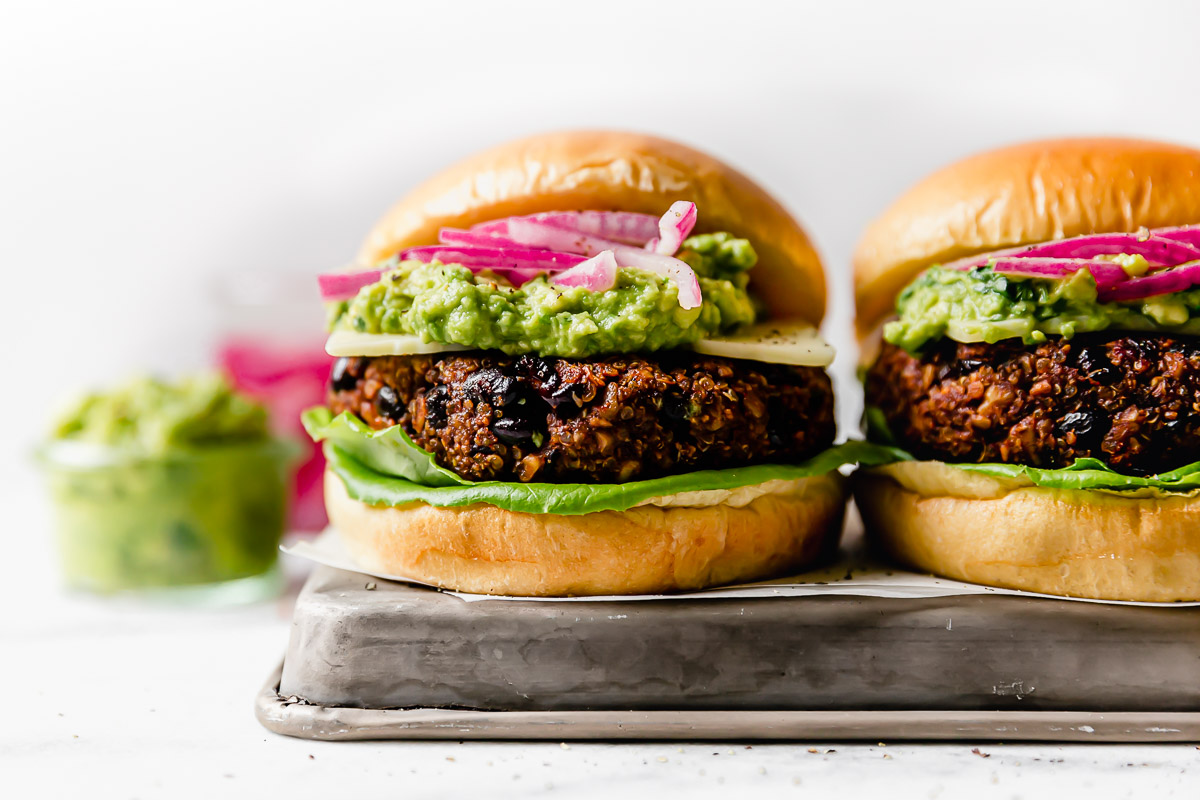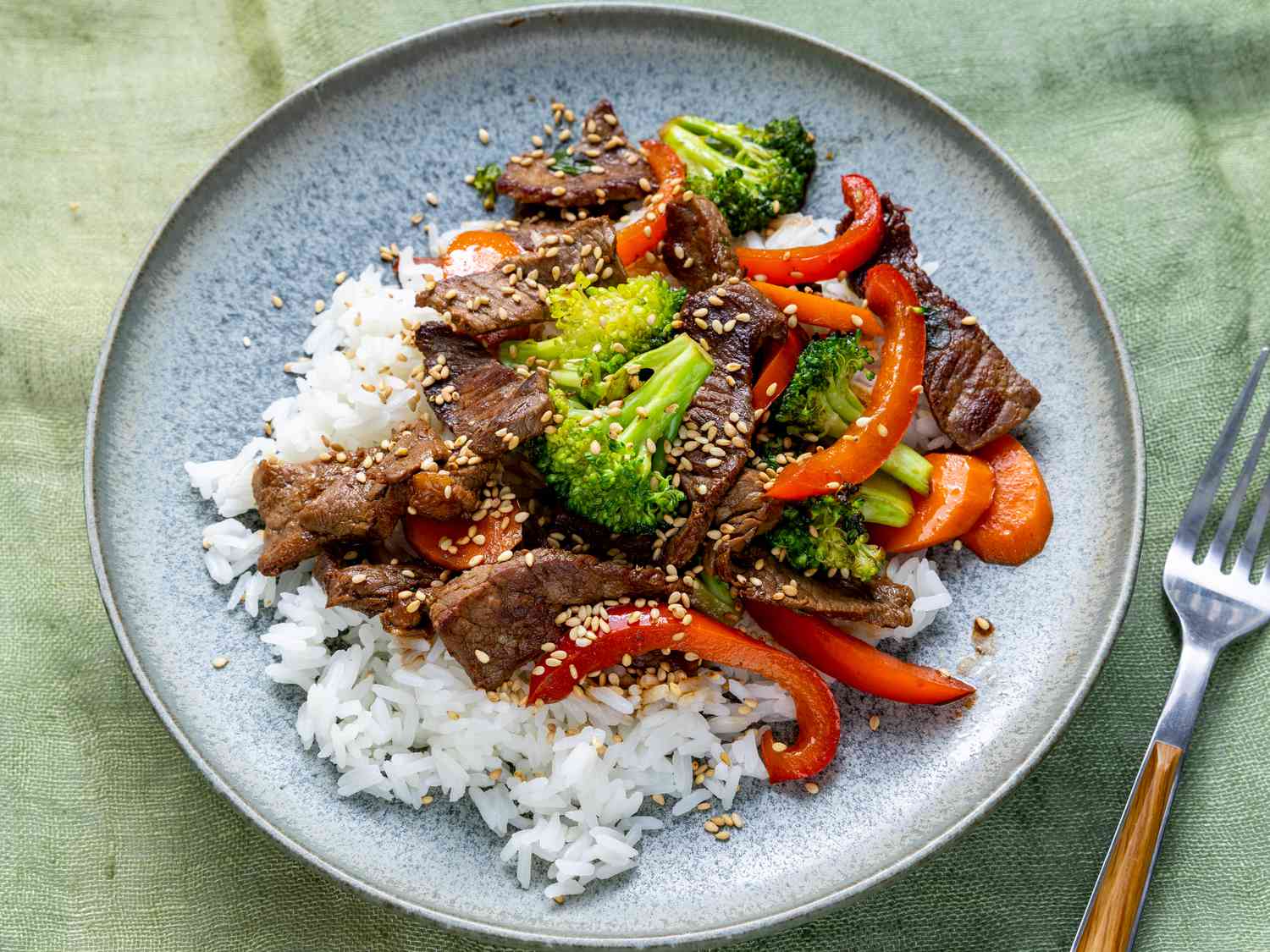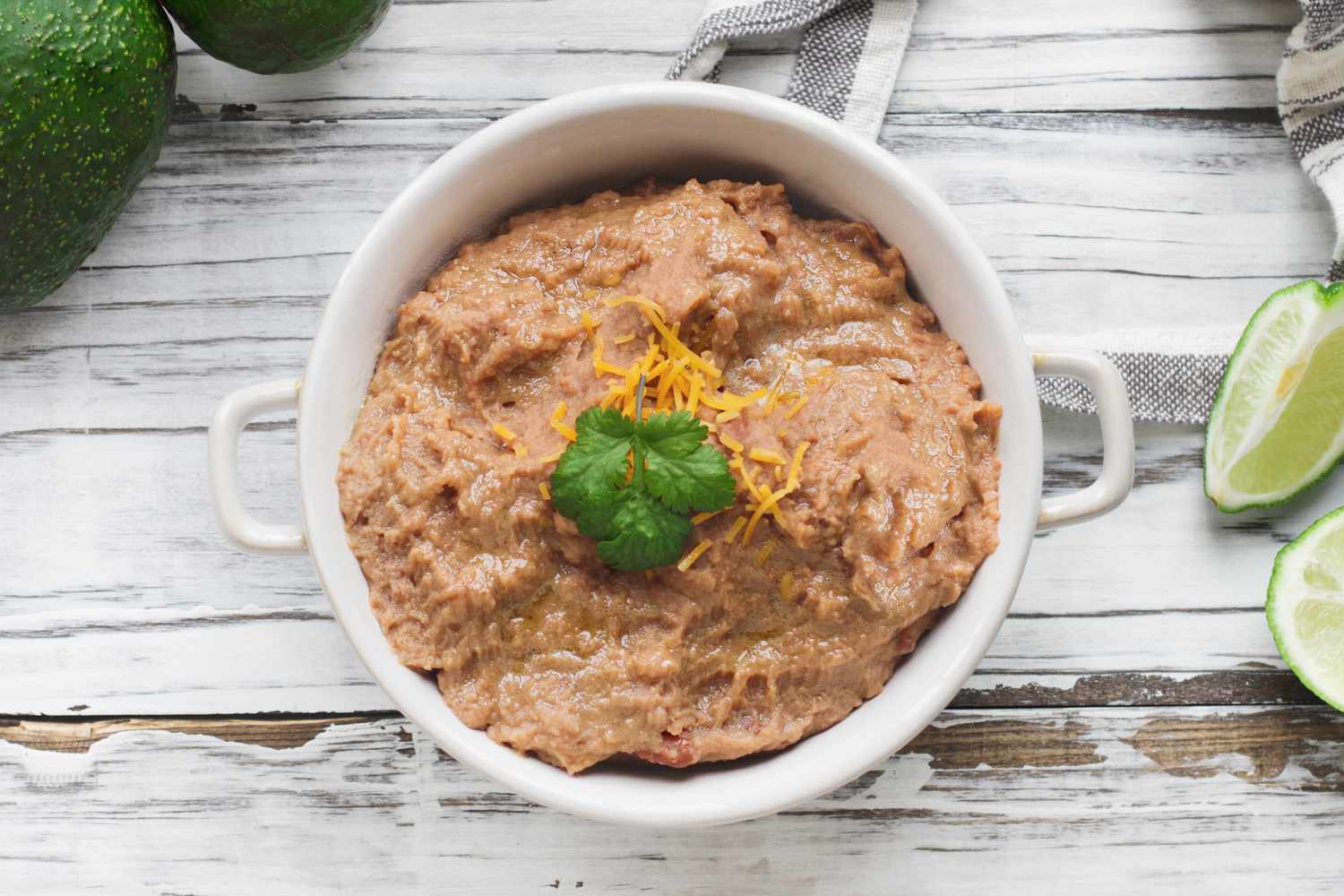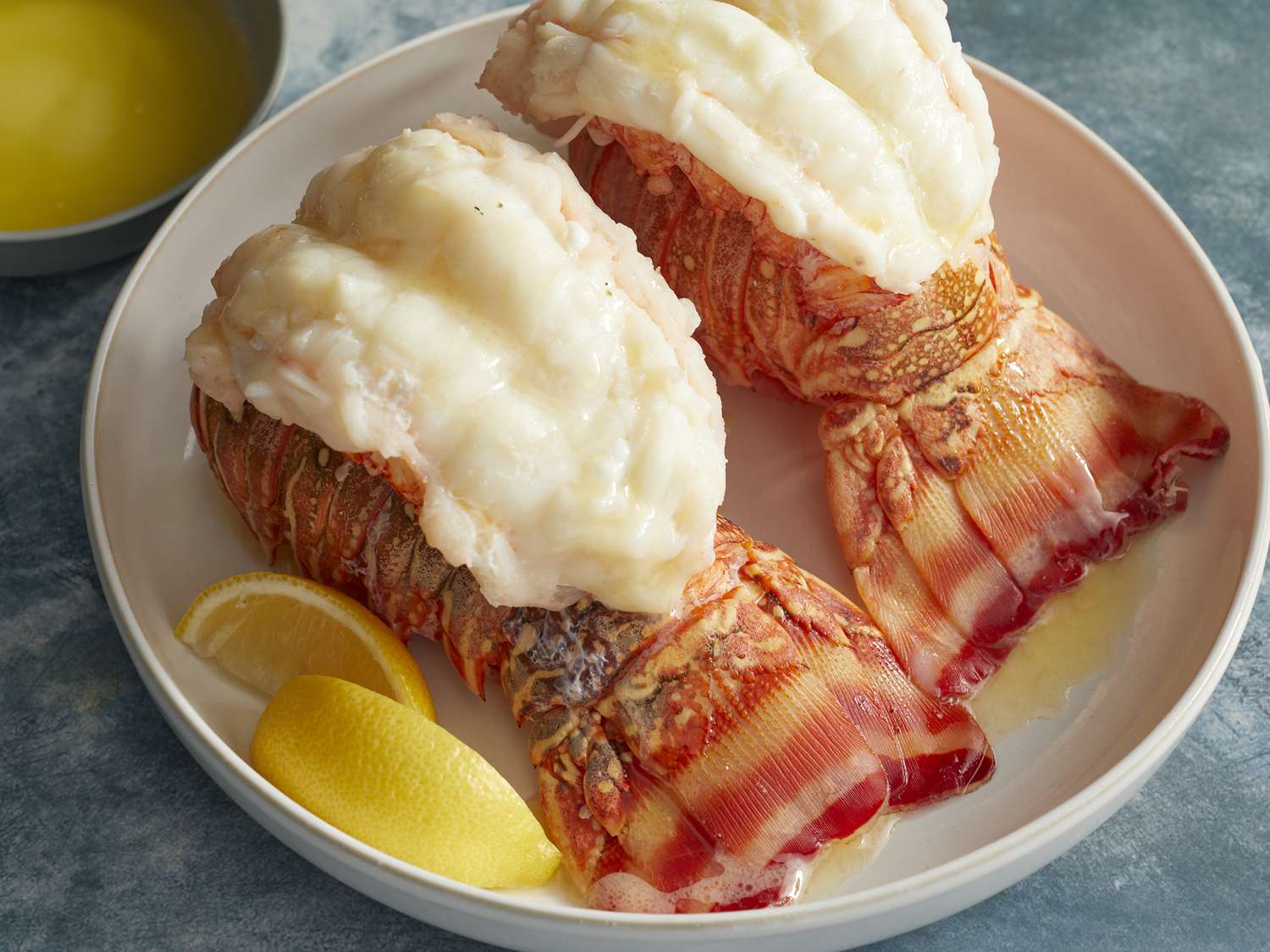How To Cook Lamb: A Guide for Culinary Excellence
Are you a fan of tender, succulent meat that melts in your mouth? Look no further than lamb! Known for its delicate flavor and versatility, lamb is a popular choice for many food enthusiasts. Whether you’re a seasoned chef or a beginner in the kitchen, this comprehensive guide will equip you with the knowledge and skills to cook lamb to perfection. Get ready to impress your friends and family with your culinary prowess!
1. Choosing the right cut of lamb:
When it comes to cooking lamb, selecting the right cut is crucial. Here are some popular cuts to consider:
- Leg of Lamb: Perfect for roasting, this cut is flavorful and tender.
- Rack of Lamb: A prime cut consisting of ribs, ideal for grilling or roasting.
- Lamb Chops: Juicy and tender, these chops are great for pan-searing or grilling.
- Lamb Shank: A flavorful and rich cut, often braised for a meltingly tender texture.
2. Preparing the lamb:
Before cooking, it’s important to properly prepare the lamb:
- Trim excess fat: Removing excess fat helps prevent the lamb from becoming greasy during cooking.
- Marinate the lamb: Enhance the flavor and tenderness of the meat by marinating it for a few hours or overnight. You can use a combination of herbs, spices, olive oil, and citrus juices to create a delicious marinade.
- Bring the lamb to room temperature: Allow the lamb to sit at room temperature for about 30 minutes before cooking. This ensures even cooking throughout the meat.
3. Cooking methods:
Lamb can be cooked using various methods, depending on the cut and your preference:
- Roasting: Preheat your oven to the recommended temperature and roast the lamb until it reaches the desired internal temperature. This method is perfect for larger cuts like leg of lamb.
- Grilling: Preheat your grill to medium-high heat and cook the lamb chops or rack of lamb to the desired level of doneness. Remember to let the meat rest for a few minutes before serving.
- Braising: For lamb shanks or tougher cuts, braising is an excellent option. Slow-cook the meat in a flavorful liquid until it becomes tender and delicious.
- Pan-searing: Heat a skillet over medium-high heat, sear the lamb chops or steaks on both sides, and finish cooking in the oven. This method ensures a nicely browned crust and a juicy interior.
4. Cooking temperatures:
To achieve the perfect level of doneness, it’s important to know the recommended internal temperatures for lamb:
- Rare: 125°F (52°C)
- Medium-rare: 135°F (57°C)
- Medium: 145°F (63°C)
- Medium-well: 150°F (66°C)
- Well-done: 160°F (71°C)
5. Letting the lamb rest:
After cooking, allow the lamb to rest for a few minutes before serving. This allows the juices to redistribute and ensures a more flavorful and tender end result.
Now that you’re armed with these tips and techniques, it’s time to unleash your inner chef and cook lamb like a pro! Whether you’re hosting a special dinner or simply indulging in a delicious meal at home, lamb is sure to elevate your culinary experience. So go ahead, experiment with flavors, and savor the satisfaction of mastering the art of cooking lamb!
Was this page helpful?
Read Next: How To Pick & Cook Blackberries
